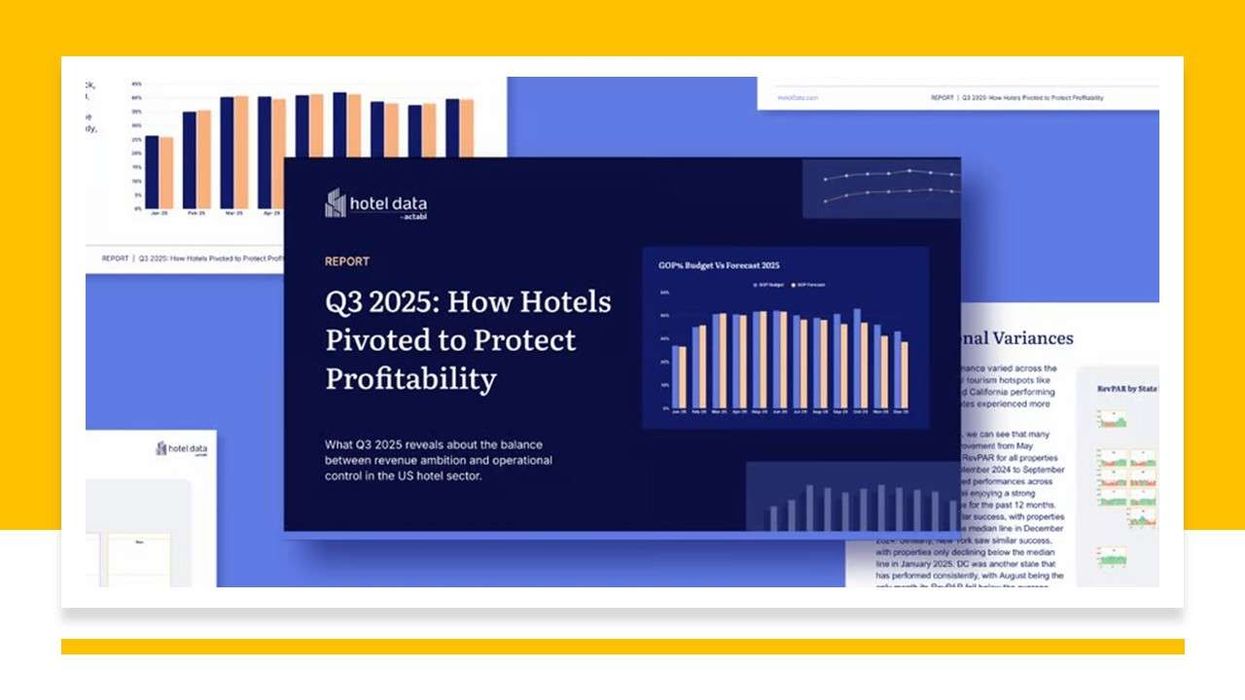ONLY 15.6 PERCENT of leaders in the B2B travel technology space are women, according to Belvera Partners. Their analysis of top CEOs and prominent individuals in the industry revealed this gender disparity.
The research, conducted in July for the Belvera B2B Travel Tech Map to select companies and individuals using LinkedIn profiles to determine gender, found that, by business vertical, lobby groups had the highest percentage of female leaders at 36 percent. Car rental had the lowest at 10 percent. In a 2021 analysis of its smaller tech map, Belvera found that 12.4 percent of CEOs were female, showing the current increase to 15.6 percent as marginal progress.
Belera Partners’ emphasized that this is not a direct comparison, as the current map is larger, and some companies from the previous map have been removed due to changes in the travel tech landscape, including closures and mergers. The B2B Travel Tech Map covers sectors like aviation tech, accommodation distribution, TMCs, car rental tech, in-destination experiences, and short-term rentals, featuring over 400 entries. It is updated almost monthly.
“When we first created the map, it seemed like a light-hearted way to explain our industry, but we have come to realize that it’s a serious exercise as people contact us frequently with feedback and requests for inclusion,” said Roman Townsend, Belvera Partners’ managing director. “When used for data mining, it provides a valuable snapshot of the industry and highlights the lack of diversity. Imagine what we could achieve if we addressed this. Bias can catch us all off guard, and if anyone has suggestions for female-led businesses or individuals that we’re not currently including, please let us know. We’re also producing data on the racial diversity of CEOs; having this information is key to a meaningful debate.”
To gather insights on the data and explore the causes of the imbalance in female representation, Belvera spoke with several female leaders in travel technology.
Maria Sellar from Terrapay, a B2B payments platform for the travel industry, found the lack of female representation unsurprising based on her experience. She urged the industry to develop and promote female leaders, noting that travel tech companies risk losing profits by failing to address the needs of female travelers.
“I recommend that all travel tech companies employ a chief female user experience officer to ensure their offerings are relevant to female travelers,” Sellar said.
Ayşe Yaşar from Bedsopia echoed that statement.
“Research shows that women make the majority of travel decisions, especially in family settings,” Yaşar said. “If there are few women in your top team, how can you claim to understand that market?”
Luisa Oyarzabal, vice president of business strategy and operations transformation at GoNexus Group, expressed concern over the findings in the Belvera Partners report, highlighting the self-perpetuating nature of the issue.
“The lack of female leaders fails to inspire junior women, and male-dominated panels and media representation do not help,” she said. “I urge companies to create publicly available plans with clear, measurable objectives for change, along with salary transparency.”
Caroline Dal’lin from Custom Travel Solutions noted that while the predominance of male CEOs shows progress is still needed, a more meaningful measure is the proportion of women in the C-suite and one level below.
“Change is happening from the ground up, and we should expect equality among CEOs to be the last step,” Dal’lin said. “While progress is slow, I’d like to see more research and efforts to create opportunities for women, as gender should not be a barrier to success.”
AAHOA's third annual 2024 HerOwnership Conference, held in Redondo Beach, California, on September 12-13, gathered women hoteliers to discuss executive presence, hotel ownership, and mental health while encouraging connection, leadership, and success.













